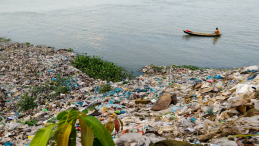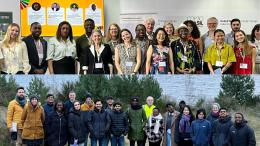Spatiotemporal Assessment of Human and Climate Pressures on Blue Carbon Ecosystems in Asia Pacific
Blue carbon ecosystems such as seagrass, saltmarsh, and mangroves are important natural carbon sinks but are increasingly threatened by climate change and human activities. Although their ecological value is well recognized, comprehensive and high-resolution assessments of their vulnerability are still limited. This study uses multi-temporal satellite data from 2014 to 2022 and applies linear regression together with a Random Forest model to evaluate both temporal trends and spatial patterns of human and climate pressures. By combining trend analysis with predictive modeling, the study provides a data-driven approach to identify areas under the highest pressure. The results show that blue carbon ecosystems in northern Japan, southeastern Australia, eastern China, and eastern Indonesia experience the most intense pressures, with agreement levels of 63.06 percent for seagrass, 47.77 percent for saltmarsh, and 22.89 percent for mangroves. These findings highlight the urgent need for focused conservation measures in these regions to prevent further degradation. The proposed framework supports data-based assessment of blue carbon ecosystem resilience and offers practical guidance for policymakers and conservation planners to improve climate adaptation and sustainable coastal management.




